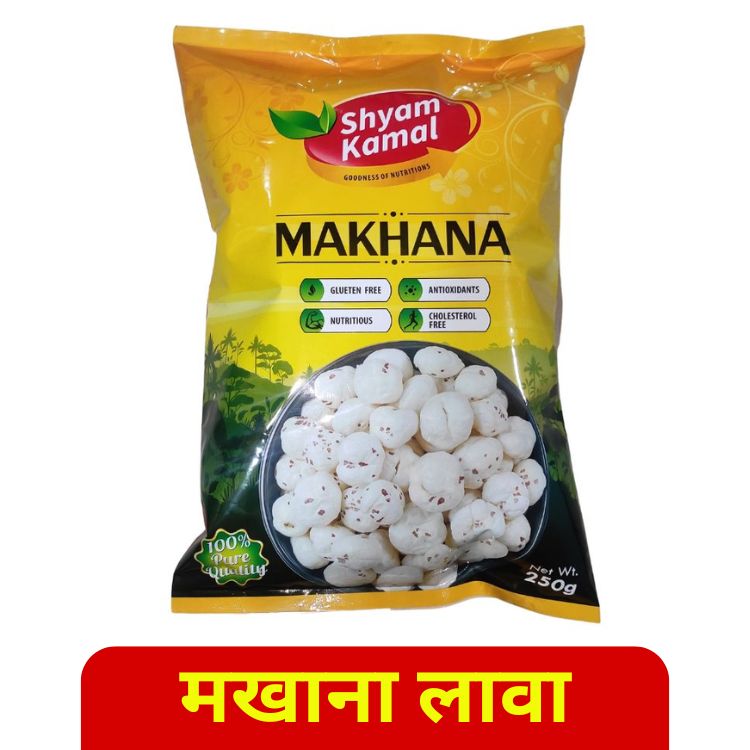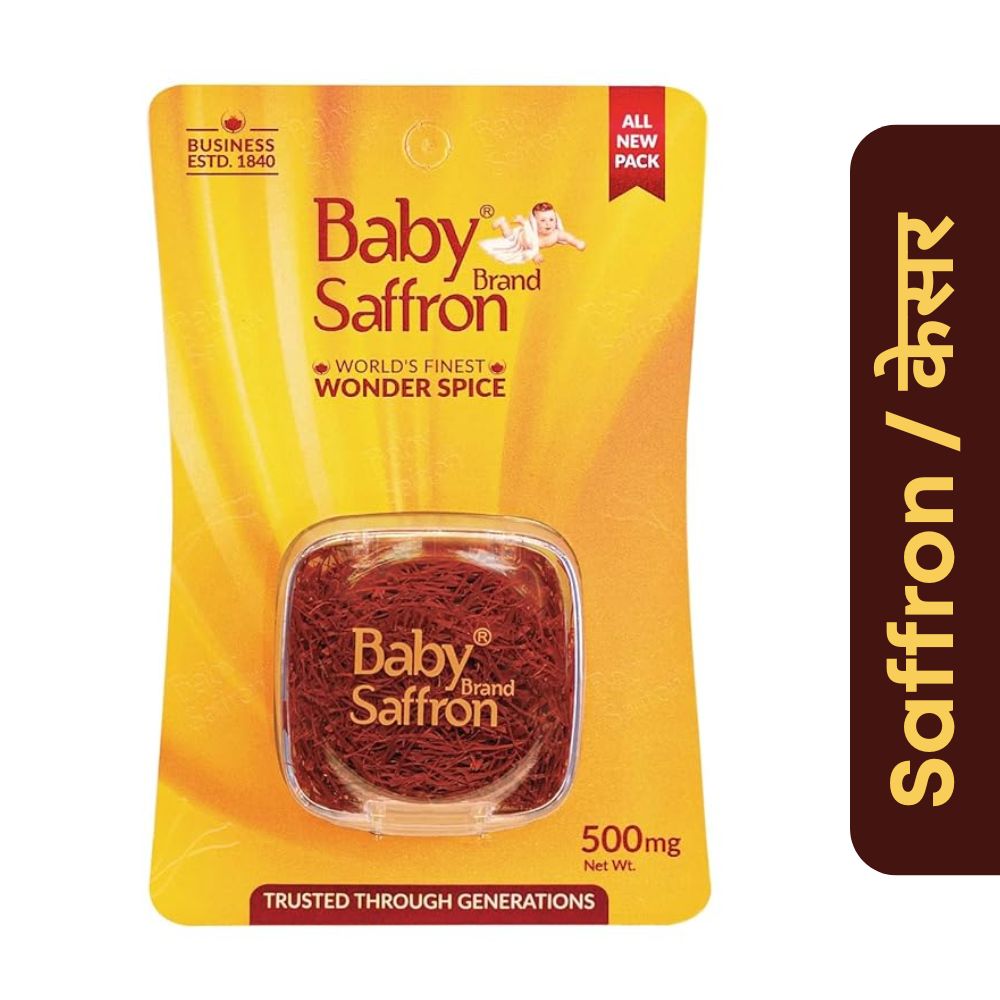Edible gum, also known as gond, is a natural resin that is harvested from the sap of various trees. It has been used for centuries in traditional medicine and cuisine in many parts of the world, including India, Africa, and the Middle East.
The gum is harvested by making small incisions in the bark of the tree, which allows the sap to flow out. The sap is then collected and left to dry, forming small, translucent pieces of resin that are typically sold in stores. One of the most common uses of edible gum is in the preparation of desserts and sweets.
In Indian cuisine, for example, it is often added to desserts like halwa, laddoo, and burfi to give them a chewy texture and a nutty flavor. It can also be used as a thickening agent in soups, stews, and curries. Edible gum is also believed to have several health benefits.
It is high in fiber and protein, making it a nutritious addition to many dishes. It is also believed to have anti-inflammatory properties and is sometimes used in traditional medicine to treat conditions like sore throats and coughs. However, it is important to note that edible gum can also have some side effects if consumed in large amounts.
It can cause digestive issues like bloating and diarrhea, and it is not recommended for pregnant or nursing women. There are several different types of edible gum available, each with its own unique properties and uses.



























